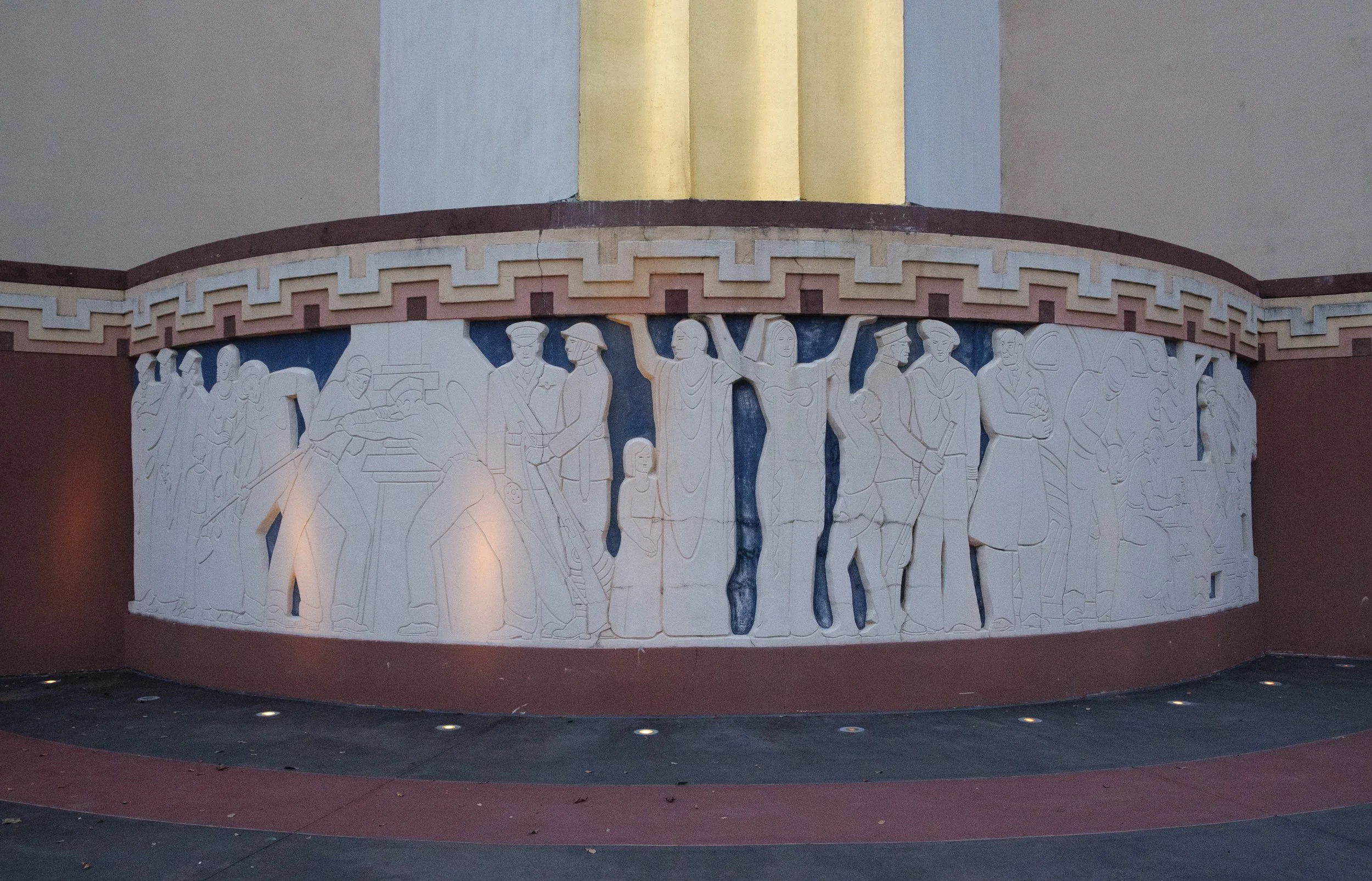The Texas Centennial
Source: Library of Congress, Carol M. Highsmith
Fair Park’s path from pastoral city park to an Art Deco showplace began to evolve when Dallas won the bid to host the statewide and internationally recognized exposition that marked the centennial anniversary when Texas won independence from Mexico in 1836. The grand Texas Centennial Exposition, which ran from June 6-Nov. 29, 1936, was created with an array of beautiful buildings, artwork and landscapes that became a source of Lone Star State pride. All need wise maintenance.
In its early years, the park housed a horse-racing track and what was then “the Dallas State Fair.” The racetrack closed in 1903 when the Texas Legislature banned statewide gambling and the annual state fair — now the nation’s largest — continues to thrive there today.
The 1936 exposition was built to promote the state, economic renewal in the heart of the Great Depression and to plant a Texas-sized flag in the pantheon of important and influential places. It was improbably planned, designed and built in little more than 14 months with $25 million. And it resulted in Fair Park’s global fame for having one of the largest collections of Art Deco style buildings.
There are some 30 structures built for the Centennial that are still standing on the site and most are used to varying degrees today. Distinctive 1930’s era artwork integrated into the buildings plays a large role in telling the Texas story through statues, friezes, tiles, murals and other art works. Additional murals depict the era’s agricultural and industrial scenes. Some of that artwork still exists – some has been restored and some is in disrepair. The image above is of the fountain and pool – 100 feet wide by 700 feet long – in the center of the esplanade which is the park’s main entrance and was built for the Centennial. Below is a frieze that depicts historical Texas events.

